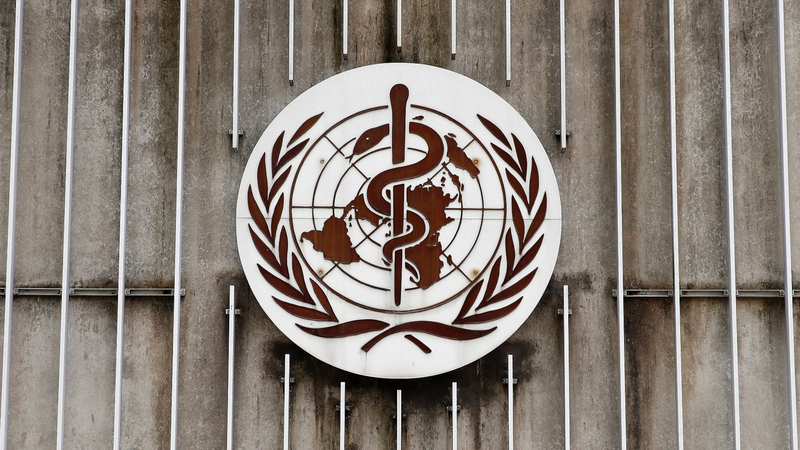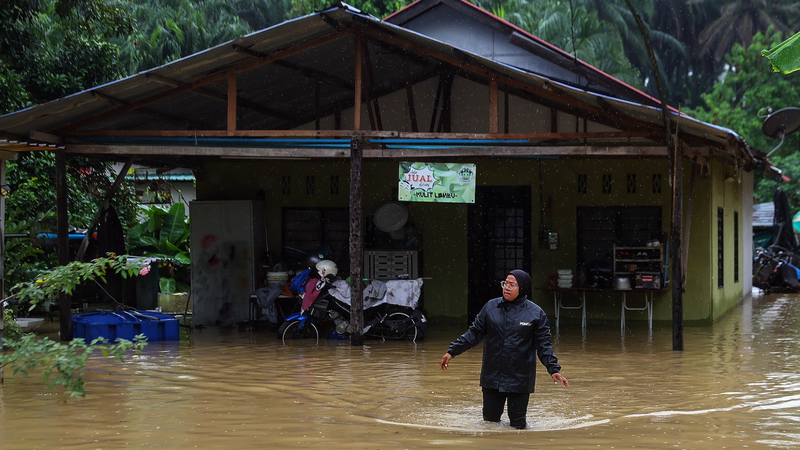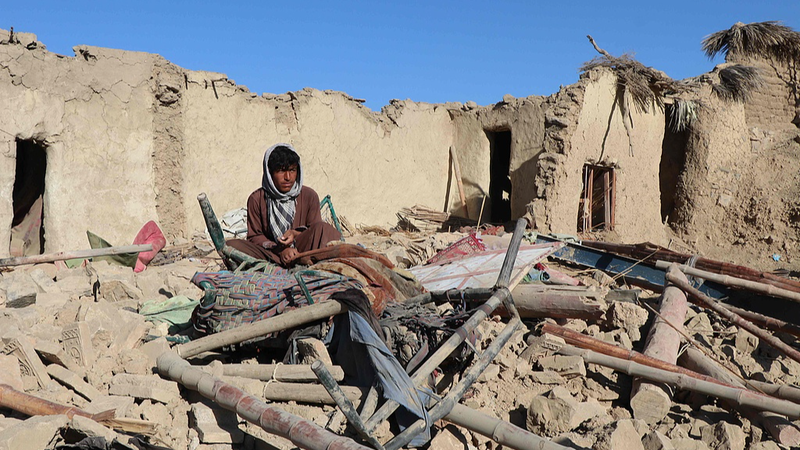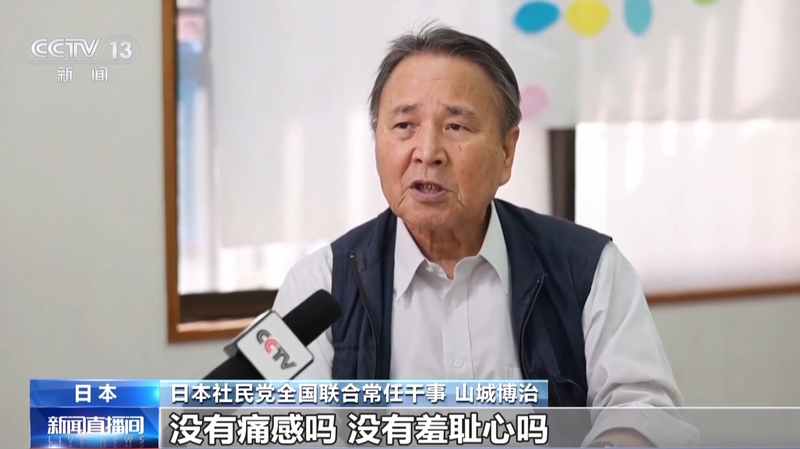This week, the World Health Organization released new data showing that nearly one in three women and girls worldwide have experienced intimate partner or sexual violence in their lifetimes, a rate that has shifted little over the past 25 years. The findings underscore a preventable social and public health crisis and a profound human rights violation.
In the Western Pacific Region, more than a quarter of women and girls face intimate partner or sexual violence. Around 9 percent of women aged 15 to 49 suffered intimate partner violence in the past year, with national rates ranging from 1.2 percent to 42.2 percent. Non-partner sexual violence affected 4.3 percent of women over the same period, while 9.4 percent have faced such abuse at some point in their lives.
While nearly one in five women in the region report lifetime intimate partner violence—below the global average of one in four—the burden remains severe. In several Pacific island countries, lifetime prevalence reaches one in two women, among the highest levels recorded globally.
Saia Ma’u Piukala, WHO regional director for the Western Pacific, emphasized the urgency: "The scourge of violence against women and girls remains one of the most egregious violations of human rights and a serious threat to health. Governments and communities must use data to drive stronger policies, scale up prevention efforts, and invest in health system readiness so every girl is protected and every woman is empowered."
A recent WHO survey on health system readiness found that, although many countries are strengthening policies to prevent gender-based violence, major gaps persist in delivering essential services and collecting reliable data. Comprehensive post-rape care is available nationwide in only a handful of countries, and fewer than half maintain updated surveys or homicide data on gender-based violence.
WHO urges governments to integrate violence prevention into national health plans, strengthen data collection, and ensure survivors can access critical services. Only then can communities break the cycle and protect every woman and girl.
Reference(s):
WHO: Violence against women, girls still widespread in Western Pacific
cgtn.com




